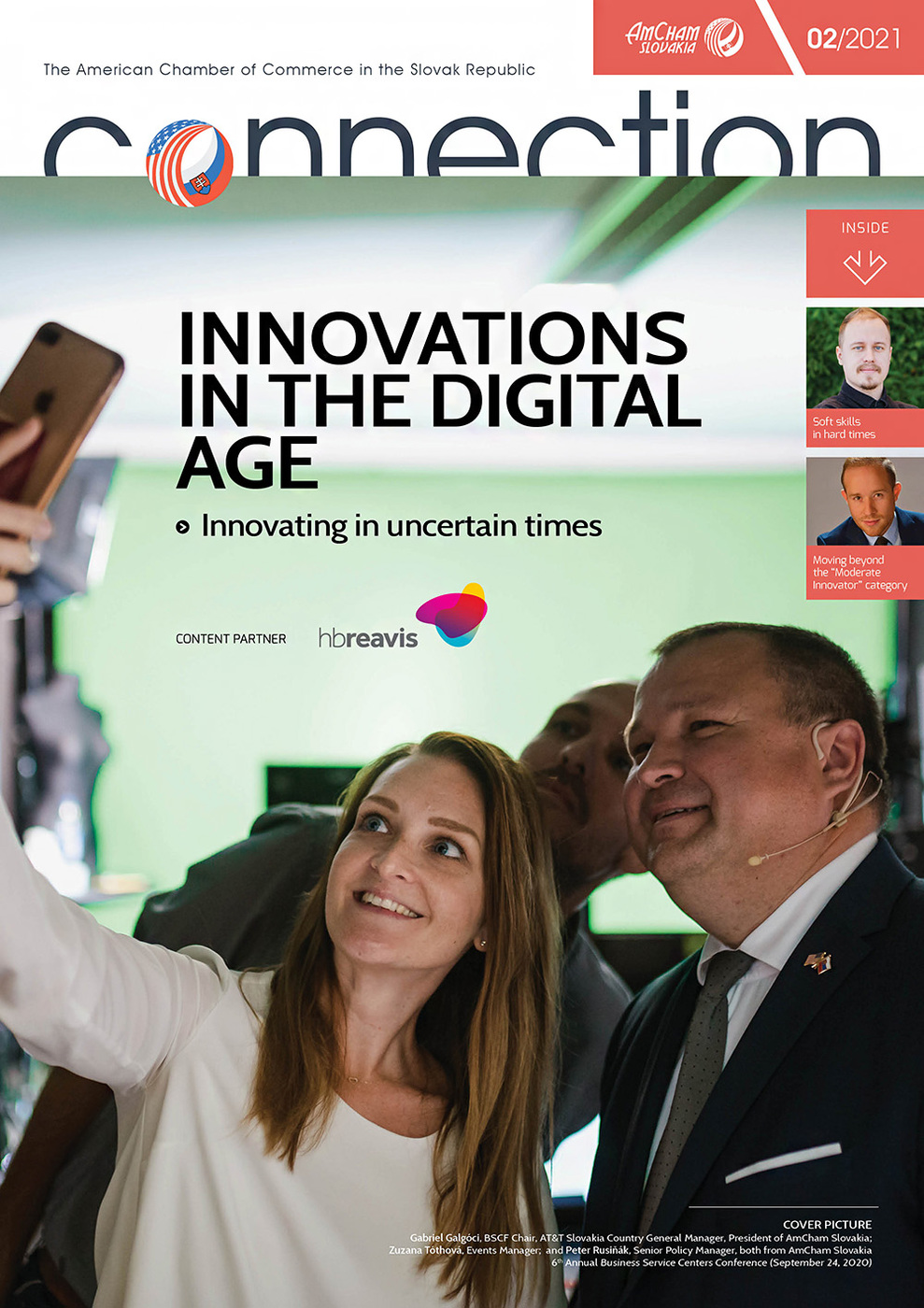“Disruptive innovation” may be a term coined in the mid-1990s, however it is a phenomenon that has been present throughout history. Steel “mini mills” significantly disrupted the steel industry in the second half of the 20th century. Before that, light bulbs and the radio brought new possibilities to areas thought dominated by old time solutions. The ape using an animal bone as a weapon for the first time in Stanley Kubrick’s classic “2001: A Space Odyssey” disrupted life on earth as it was known.
Disruptive technology changes the way we do things in a radical way. It makes us abandon well-treaded paths and achieves the same result in a much more efficient or user friendly manner.
When we think of the term, all of us could come up with a few disruptive innovators in our own time. We’ve been lucky enough to live in a time which is ripe with such solutions. Uber changed the way taxi services operate, Ryanair and airbnb changed the way we travel, and smartphones changed the way we do literally almost everything. The pace seems to be accelerating, with new innovative solutions for all areas of life springing up almost daily. The most recent ones? Let’s name Robinhood and Revolut, which just recently demonstrated how stock market trading can be disrupted when widely accessible to all without any entry fees (or traditional strategies).
Even though disruptive technologies and solutions have undoubtedly appeared throughout history, the term is certainly more popular in the recent past. However those that have lasted and stood out through the ages (such as that first hand-wielded weapon, or even the light bulb) have undoubtedly been the most efficient, and brought a competitive and economic advantage. How do the most recent innovations and disruptors compare?
 In 2014, Bloomberg published a list of 85 of the most disruptive ideas in human history, most of which, according to Bloomberg, have occurred in the 20th century. Searching for disruptive technologies online yields mostly such results as the jet engine, virtual reality, cryptocurrencies, and brands such as Tesla. In recent weeks, most of us have used services of food delivery and scooter sharing services, which are growing during the pandemic period. What would Dilbert say about their fundamentals?
In 2014, Bloomberg published a list of 85 of the most disruptive ideas in human history, most of which, according to Bloomberg, have occurred in the 20th century. Searching for disruptive technologies online yields mostly such results as the jet engine, virtual reality, cryptocurrencies, and brands such as Tesla. In recent weeks, most of us have used services of food delivery and scooter sharing services, which are growing during the pandemic period. What would Dilbert say about their fundamentals?
Tesla turned a full-year profit for the first time on record in 2020 and so far has lost investors billions of US dollars. Uber’s net losses in 2020 amounted to $6.8 billion, which was considered an improvement on the losses of $8.5 billion in 2019. Similar startups and disruptors are coming to the market to copy the great success of the famous innovators, but is there anything to envy them?
A true disruptive market force will really change the way we approach a part of life. But the key factor is that such an innovation needs to be efficient in order to be sustainable, and be remembered in history as the proverbial light bulb. The key to a successful disruptive technology is not only one that disrupts, but one that does so in a sustainable manner. We must always remember this, as market participants, as investors, and as business leaders.
As market participants, it is very easy to fall for the trap of short term convenience, and ride the shareholder-funded wave, which we secretly feel may not make the most business sense. But as investors, we should be wary of those disruptors, which offer only market disruption as the key force, and we should remember to focus on business sustainability in the long run.
The last and most important is the position of the business leaders who seek to make their companies the new disruptors and innovators. Innovation is the key competitive advantage and can help us overcome the most significant challenges of our time. However, business should never lose sight of key business fundamentals when choosing to invest in new disruptive technologies or products. This is not to degrade any of the wonderful innovators in the shared-economy or fintech or other emerging industries. However, only a very few of them will eventually turn out to be the new lightnbulb.
Marek Frecer, Senior Manager Risk Assurance, PwC



Follow us